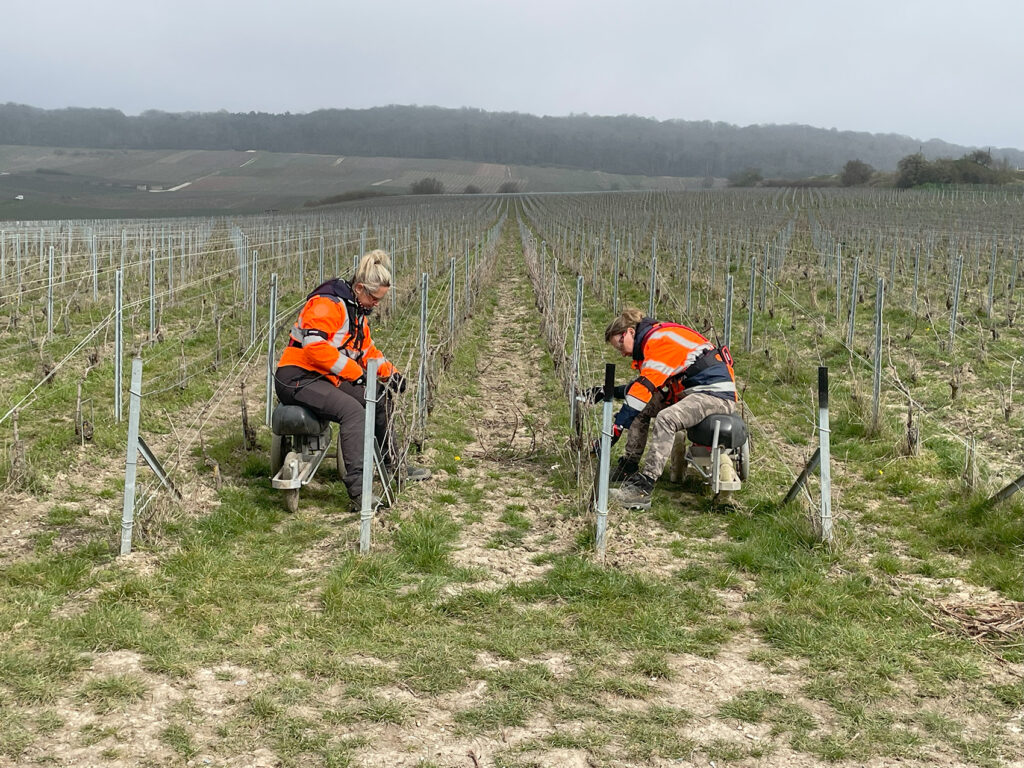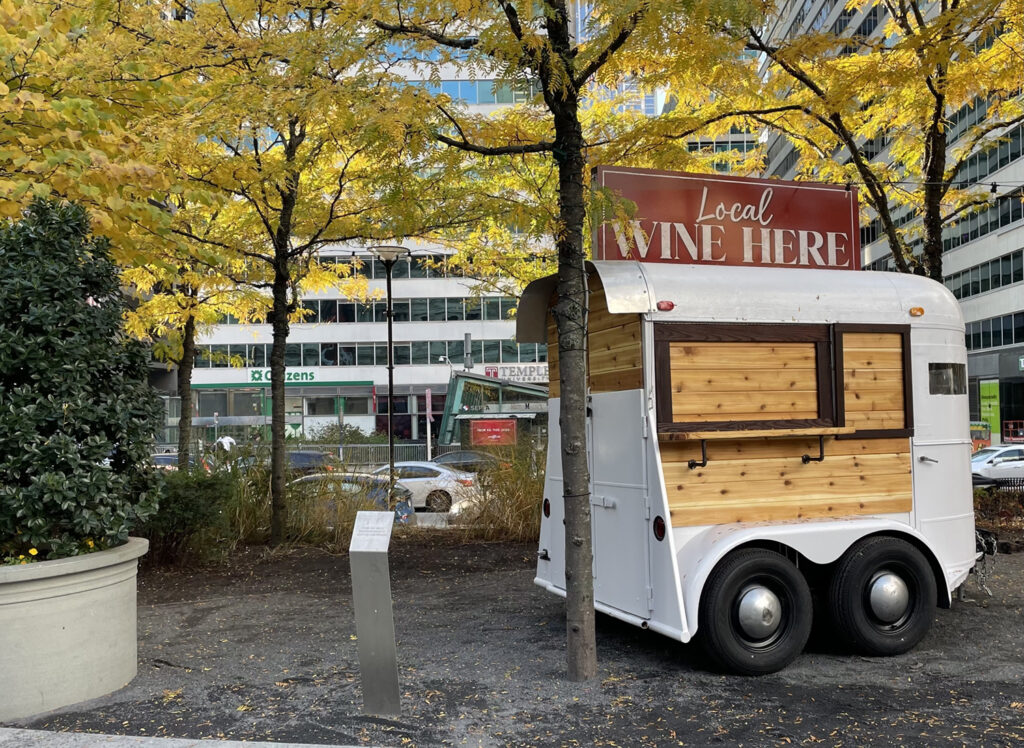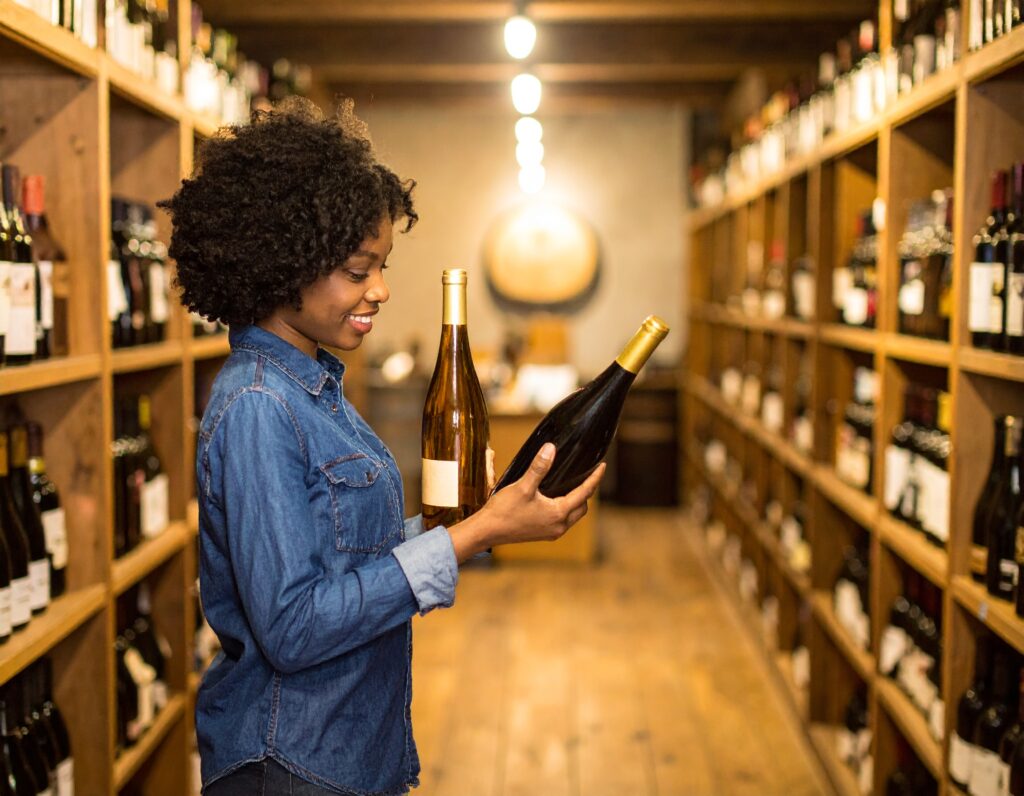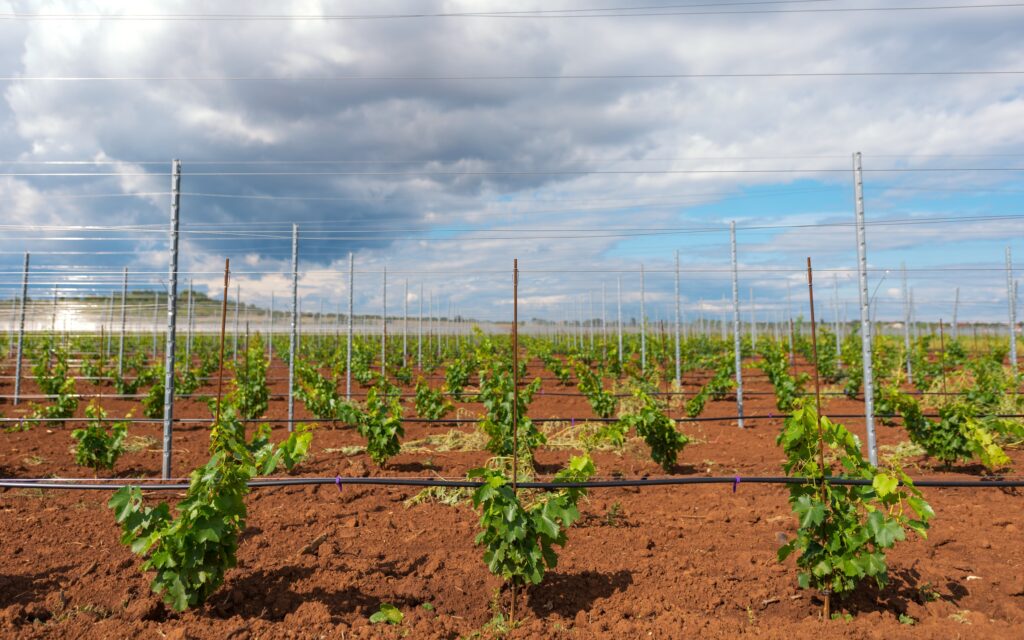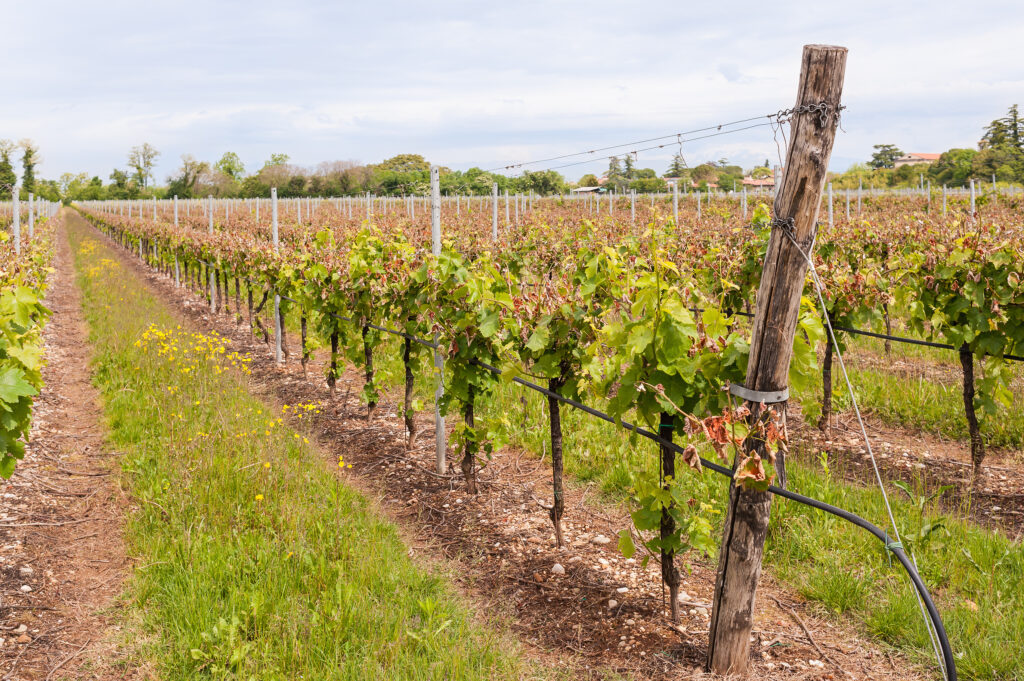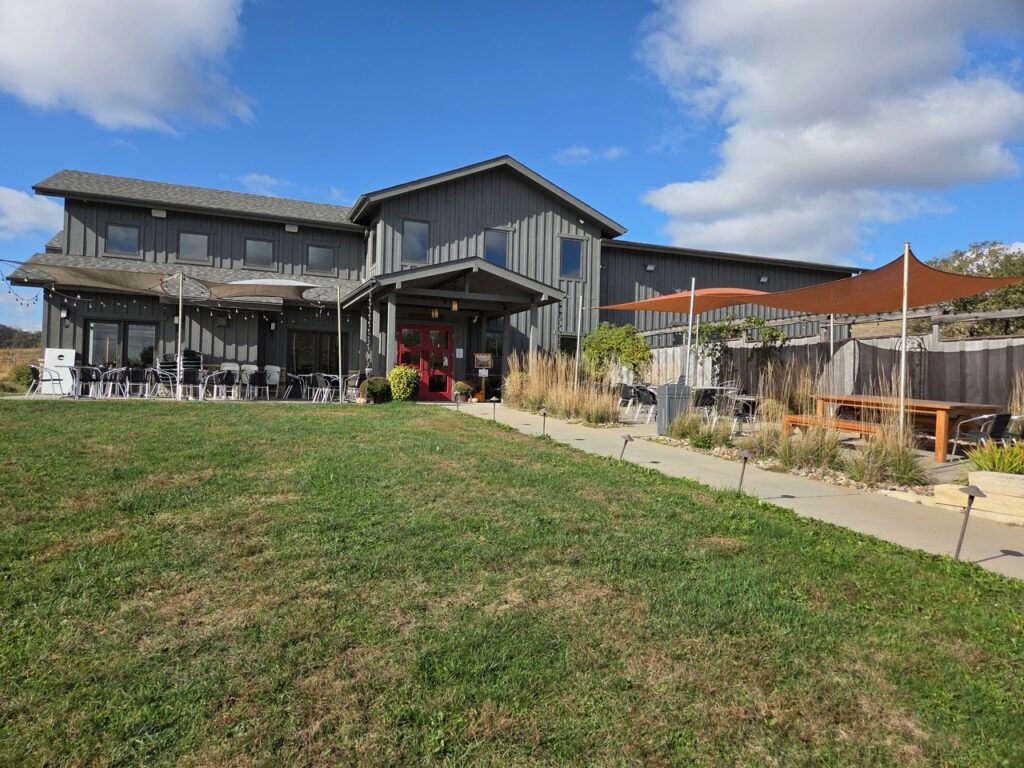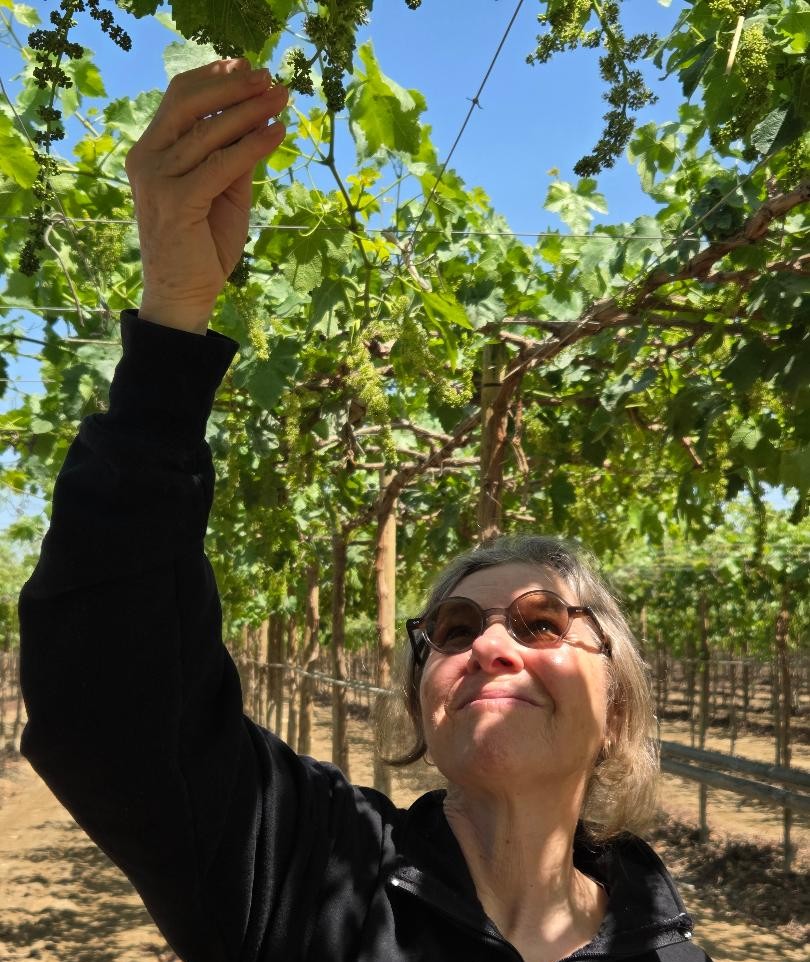One of the biggest tasks in setting up a winery or expanding is the decision of wine tanks
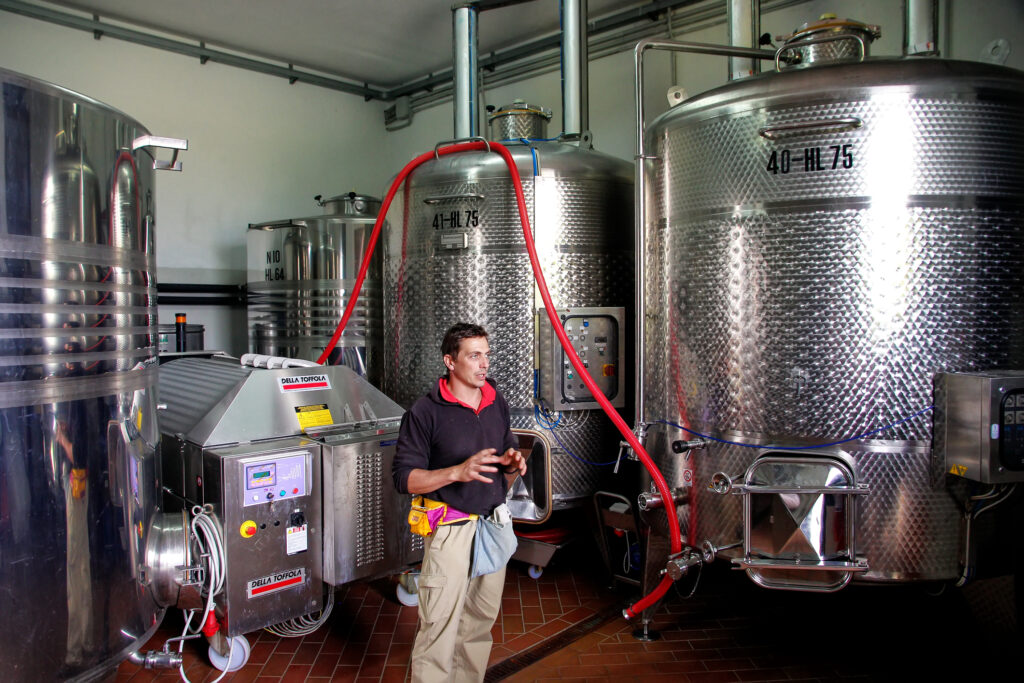
By Thomas J. Payne – Winemaking Consultant
Much time, thought and effort should go into planning what the winery wants to accomplish with the tanks. If these decisions are made properly and well in advance dollar savings and better functionality can be achieved.
What will these tanks be used for? If the tanks will be used for fermenting juice one set of criteria may be used. If used additionally for cold settling of juice, red fermentations, or cold stabilization the list of criteria will expand. Deciding what the tanks are needed for in the winery will lead toward the right choice.
White wine fermentors often have a small valve port at the bottom of the tank at a diameter, for most smaller winery sizes, of 1.5 to 2.0 inches. This is used to fill and empty the tank. A racking valve, usually of the same diameter, will exist on the tank to allow the winemaker to remove clear wine or juice from the tank to a level a small manway door, normally and 18” oval, may be opened to continue to pump the remaining clear juice or wine out of the tank. These tanks are very versatile for white or even red wines after pressing.
Red wine tanks often have similar characteristics to the above but with a lower manway door at the floor or bottom of the tank. This allows the winemaking team to remove the pomace, after skin fermentation, from the vessel. Some red wine tanks do not have the side oval door mentioned in the white wine paragraph above but the purchaser is encouraged to get these doors on their reds tanks so the tanks may be used more in the cellar as red and white wine tanks.
Cooling Jackets: Location & How Much? Give thoughtful consideration to this aspect due to the many physical characteristics and laws of heat transfer. Consider the amount of surface area that may be needed to cool the juice/wine needed. If one needs to use the tanks for fermentation only a smaller surface area may be used. If chilling the wine to cold stabilize the wine, make sure there will be enough surface area to overcome predicted ambient cellar temperatures and let your cooling system representative know the capacity of the wine tank and desired cold stability temperature of the wine. When discussing the cooling jackets, be sure to understand where the jackets will be placed on the tanks to best be able to predict how much volume will be needed in the tank for the heat transfer to start taking place. My suggestion is the lower the jacket placement on the sidewall of the tank the better. Larger sized tanks may require two, or more, usually separate cooling jackets.
Will solenoids be used to help control the temperature of the tank?
Will these be electronically controlled? Do you want them to be web based controlled for off-site monitoring and manipulation? Do you want wireless applications to control the solenoids? How many thermocouples ports will be needed for proper temperature control and for the readings desired?
Heating Capacity: Becoming more of the norm in the cellar and more affordable for the winemaking team. Decide on the needs of the heating and give serious thought to insulating your tanks for the process. Do you care for heating elements in the bottom of the tank, or do you prefer a mobile glycol heater unit that will plug into your isolated glycol jackets on individual tanks. If choosing the heating element positioned in the bottom of the tank make sure to address the potential freezing of this liquid, if used, during cold stabilization. If using a glycol heater for the jackets, make sure to plumb the tanks for this feature.
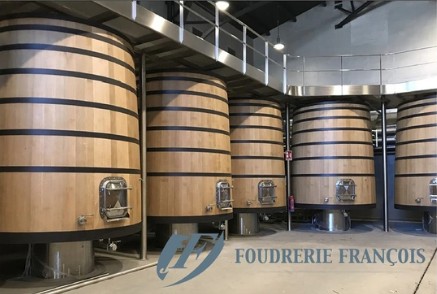
Valves – Where & How Big? Racking valves – determine what size fitting and hoses you may use for the transfers of the juice, wine or must into and out of the tank. Smaller wineries will be able to size the valves at 1.5 to 2.0 inches as mentioned for juice or wine. If must will be pumped into and out of the tank one will want to review how this will be done and consider larger sized fittings at the bottom port. I rarely choose the larger valves but there may be instances where this is the best choice.
Manways and Doors: Multiple configurations of manways and doors exist. Think through all wine and juice production needs to best select these locations, functions, and sizes.
Will the tanks be placed on adjustable legs or stands? This can be a large issue in terms of physically managing the red wine must. If one prefers not to pump red wine must after crushing for quality purposes, one must place the tanks at a height with the lower manway door opening on the red wine tank to have a bin or container placed underneath the lower manway opening to the tank.
Although this is the largest reason to place a tank higher in the air than “normal” be sure to pay attention to this height even if using a must pump. Dejuicing tanks can also be elevated above a press opening level for certain production benefits and efficiencies linked to productions styles and quality issues. White wine tanks may have more flexibility regarding the tank leg height but be sure to understand where the racking door will be placed and how the tank will be serviced, cleaned among other factors.
Will the tanks be placed indoors or outdoors?
Review this question not only for your first needs but address the question about the anticipated growth of your winery.
What material should the tanks be made from?
Although this article focuses on stainless steel tanks, tanks can also be made from materials such as concrete, fiberglass, wood, or plastic.
Will fixed or variable capacity tanks be used?
Speak with the winemaking team for a long time on this issue. What style of wine will be produced and how long will it stay in the stainless tanks? There are certain positive applications for both styles so choosing the correct one will be significant. I highly recommend fixed capacity tanks for almost all situations and applications.
What size tank will we need and where will it be placed? Don’t laugh but some tanks may be a height that may not fit in your winery with a fixed ceiling height. Keep in mind the tank is a cylinder, in most cases, and that tipping that on end and upward may require more ceiling height than expected. Run some math to make sure the tanks will fit in the building. Is the building door large enough to get the tank in the building? Also determine if one can open and service the top of the tank after it is in place. Will a catwalk be built and if so – what impact will this have regarding setbacks from the wall or certain areas. Will a public catwalk also be close by? Will the public have access to the tank? How much space will you care to have between the tanks?
When do I need to order the tanks? The earlier the start of negotiations with suppliers can have a better chance of getting exactly what you want at a reasonable price. Custom-made tanks are not necessarily more expensive than stock tanks. Orders with ample lead time may allow for the tanks to be made where quality craftsmanship is high and labor cost are low. Order at least 7 months in advance to get what you want and to have time to negotiate prices with different suppliers.
Equally important to all the above, one must also give serious thoughts specific to their winery, addressing: What will the side wall height to diameter ratio be? Can certain savings be made if tanks are made in stock sheet metal width sizes? Will lift eyelets be needed? Will ladder hooks be needed and where? Will the top of the tanks truncate forward, back or have centered manway tops? Will sight gauges be needed? Will sample valves be installed and where? Will thermocouple ports be needed and, if so, how many and where? Will name plates and ice shields be needed? Do you want a separate mixing valve port? Will delestage be a winemaking tool that is used in the operation?
Make sure the supplier of the tank is reputable and establish what type of welds will be used, their finish and the gauge/thickness of the steel, if choosing stainless. The quality of the stainless steel can vary too.
In review – a wine tank is not just a wine tank! Multiple factors go into each winery specific needs for these tanks. The above are just some of the starter issues one will want to review to make a decent set of decisions. In no way have all issues been covered. The more the winemaking team thinks through their operational and winemaking needs related to the wine tanks, both immediately and for the future, the more cost effective this purchase will become.
